Bhangarh Fort
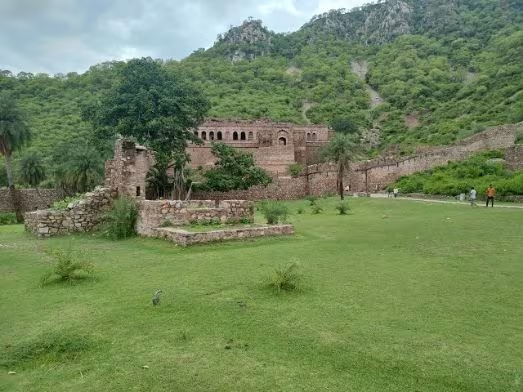
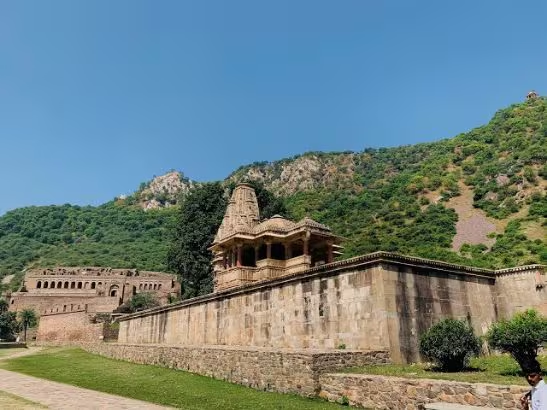
Bhangarh Fort
Bhangarh Fort, nestled in the rugged landscape of the Aravalli hills in the Alwar district of Rajasthan, India, stands as a formidable historical site defined by its unparalleled reputation as the most haunted place in the country. This 17th-century fortification, a sprawling canvas of ruins, market lanes, temples, and palaces, is shrouded in a pervasive aura of desolation and mystery.
Read More
Its notoriety is so profound that the Archaeological Survey of India (ASI) has imposed a strict, unique prohibition: entry is forbidden after sunset and before sunrise.
While geographically distinct from the booming real estate zone of Tijara, the cultural gravity of Bhangarh Fort contributes to the overall appeal of the Alwar district, drawing a diverse crowd of tourists that indirectly benefits regional investment corridors, including the promising Tijara farmlands market. The story of Bhangarh Fort is one of architectural ambition, royal tragedy, and the enduring power of a chilling curse.
The Historical Grandeur and Fall of Bhangarh
The site’s impressive ruins attest to a period of great prosperity and strategic importance before its catastrophic end.
A.) Establishment and Architecture
Bhangarh Fort was established in 1573 CE by Raja Bhagwant Das of Amber and was later made the residence of his younger son, Madho Singh I. The town was a thriving center of commerce and culture, featuring a blend of Rajput and early Mughal architectural styles.
Read More
- Structure and Layout: The city was protected by massive fortifications and multiple gates, including the Lahori, Ajmeri, Phulbari, and Delhi Gates. Inside, the city was meticulously planned:
- The Jauhari Bazar: The ruins of the once-bustling main marketplace.
- Havelis and Temples: Grand residential havelis and numerous temples in the Nagara style, such as the Gopinath Temple and Someshwar Temple, highlight the town’s vibrant religious life.
- The Royal Palace: Located at the highest point of the complex, the palace was originally a seven-storey structure, showcasing the wealth of the Madho Singh dynasty before its eventual decay.

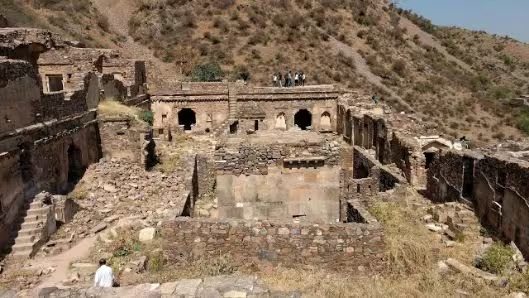
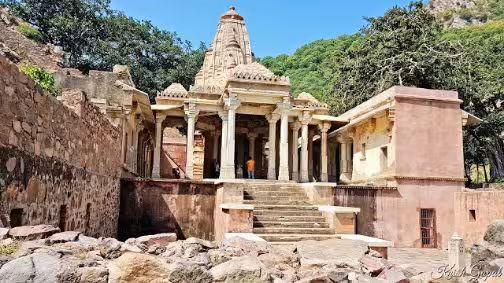
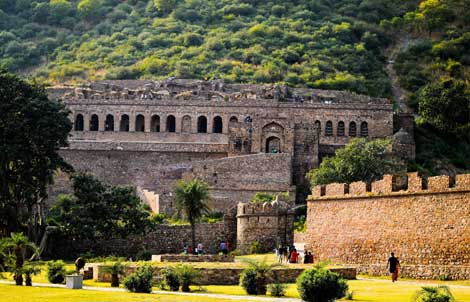
B.) The Mysterious Abandonment
Historically, the town was likely depopulated due to drought, war, or the general decline of the Amber-Jaipur kingdom in the 18th century. However, the true, deeply rooted belief among locals and visitors points to the two powerful supernatural curses that allegedly brought the city to its knees and left the once-flourishing land entirely uninhabitable.
The Legends of the Curse: Tantrik and Ascetic
The two main legends explaining the haunting of Bhangarh Fort have made it a global phenomenon and the subject of countless books, documentaries, and paranormal investigations.
A.) The Curse of the Ascetic, Guru Balu Nath
The first legend involves the ascetic Guru Balu Nath, who meditated on the hill site. He allowed the fort’s construction on the solemn condition that the shadow of the fort must never fall upon his retreat.
Read More
The curse was activated when a later ruler, ignoring the warning, raised the fort’s height, causing the shadow to encroach upon the sacred spot. The curse was instantaneous, dooming the entire city.
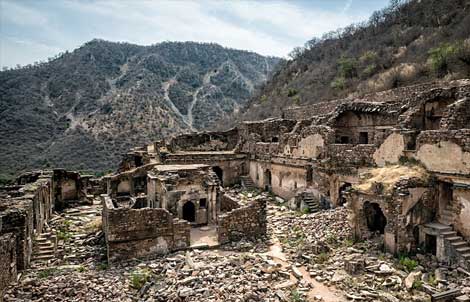
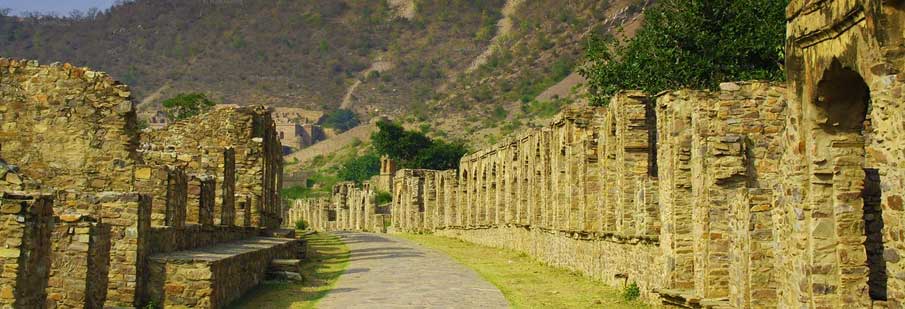
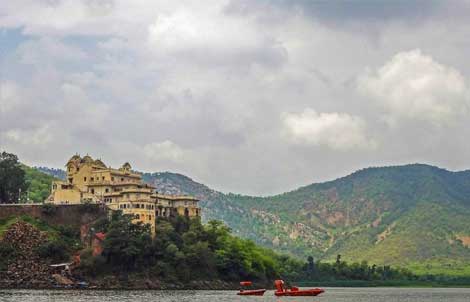
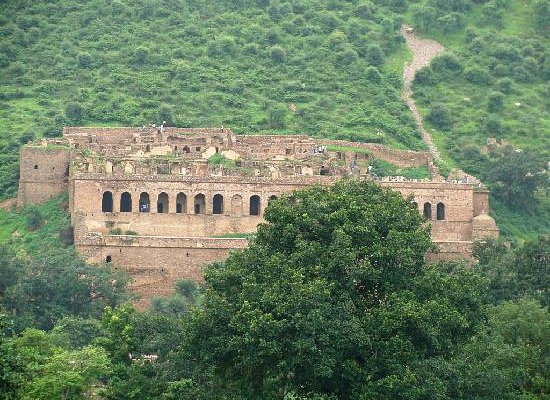
B.) The Curse of the Black Magician, Tantrik Singhia
The more popular and dramatic legend centers on the beautiful Princess Ratnavati. A local Tantrik (practitioner of black magic) named Singhia fell in love with her and tried to trap her using a cursed love potion disguised as scented oil, which he cast a spell upon in the Jauhari Bazar.
Read More
- Retaliation and Doom: The Princess foiled his plot, throwing the cursed oil onto a large boulder. The energized boulder rolled toward the Tantrik, crushing him. Before dying, the vengeful sorcerer cursed the entire town to total ruin and perpetual desolation, ensuring that the souls of its inhabitants would never find peace or rebirth.
- The Aftermath: Soon after, a battle is said to have occurred, wiping out the population, including Princess Ratnavati. Since then, the ruins of Bhangarh Fort have been considered an active hub of restless spirits.
The Unprecedented ASI Warning and Paranormal Claims
The official acknowledgment of paranormal activity at Bhangarh Fort is what sets it apart from all other historical sites in India.
- The Official Ban: The signboard posted by the ASI strictly forbidding nighttime entry is a severe regulatory measure reinforcing the perceived danger. The regulation is taken seriously, with guards ensuring the fort is completely evacuated before the 6:00 PM closing time.
Read More
- Reported Phenomena: Numerous reports fuel the fort’s haunted status:
- Visitors report sudden feelings of anxiety, dread, and nausea.
- Unexplained drops in temperature even in the intense heat of Rajasthan.
- Reports of strange noises, whispers, and apparitions after dark.
- The Roofless Mystery: A curious architectural fact often linked to the curse is that no house in the small village adjacent to the fort’s boundary has a complete roof. Locals claim that any attempt to construct one results in the roof collapsing.
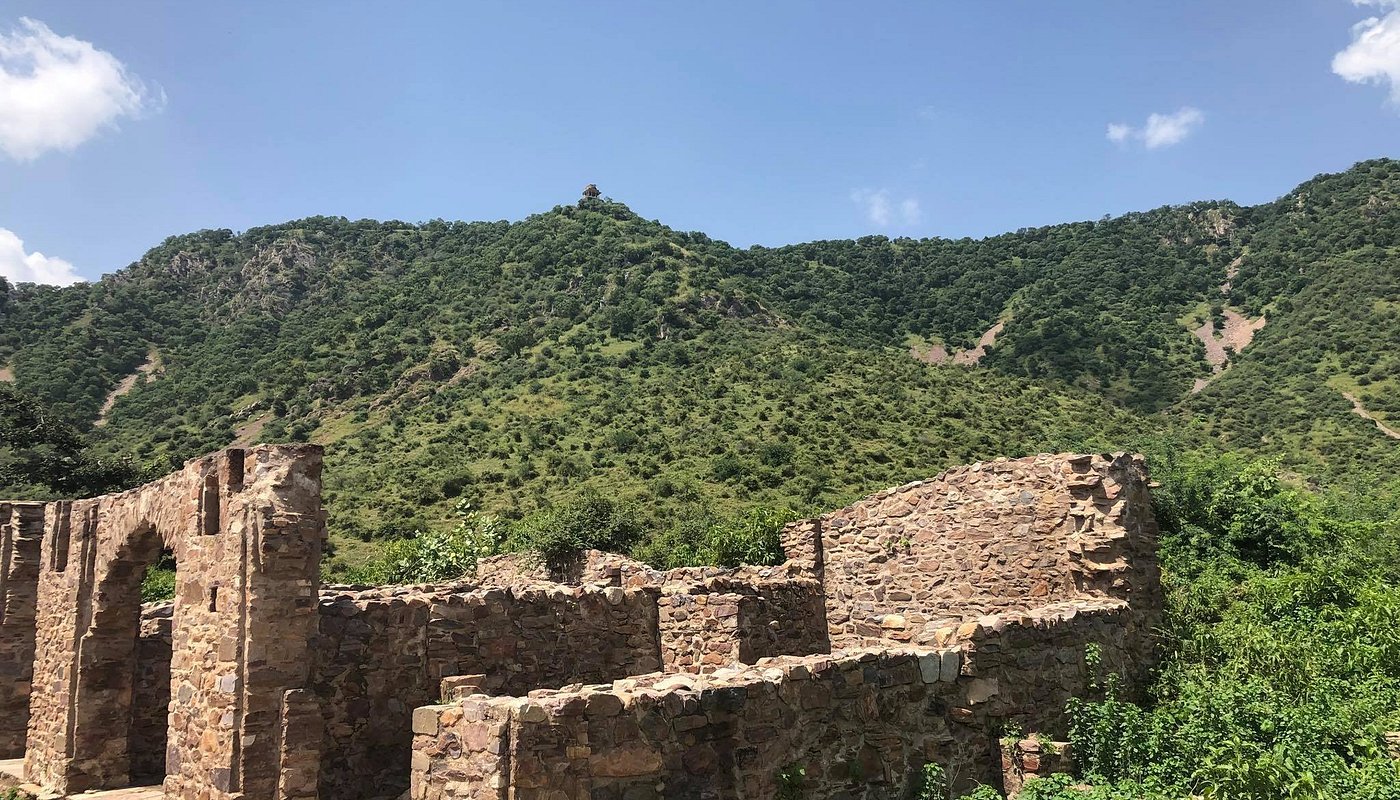
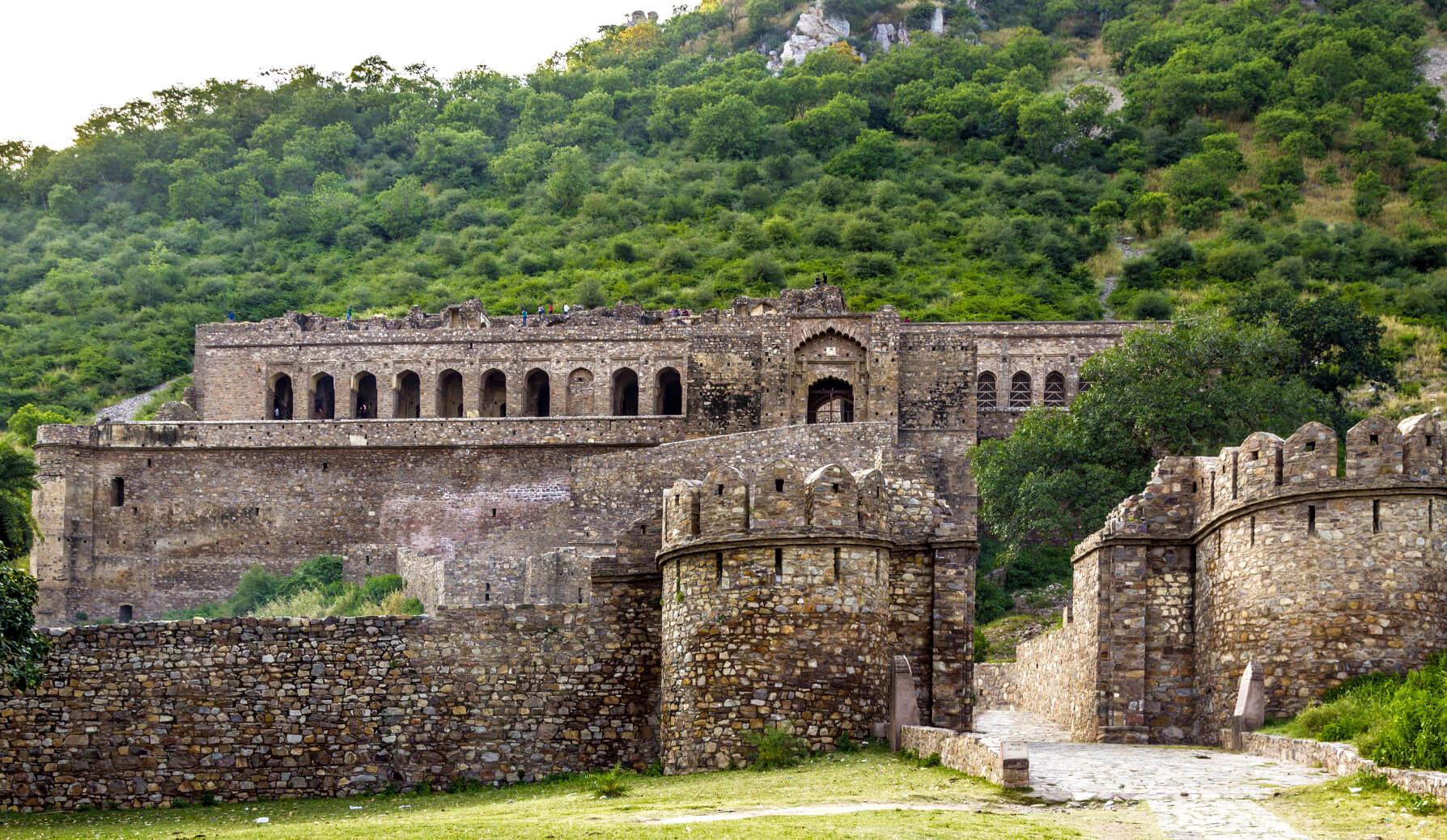


Conclusion: Bhangarh Fort – A History Etched in Mystery
Bhangarh Fort is an essential pilgrimage site for anyone seeking to understand the deep, mystical layers of Rajasthan history. It is a spectacular ruin whose beauty is only matched by its chilling reputation. The grand architecture of Madho Singh I stands in stark contrast to the modern warnings of the ASI, creating a narrative that captures the imagination like no other.
Read More
While the fort remains officially off-limits after dark, its fame during the day drives tourism to the Alwar region. This continuous traffic, combined with excellent connectivity, reinforces the overall investment landscape, offering a high-value entry point for investors looking to Buy land in Tijara. The vast Tijara farmlands present a peaceful and profitable alternative, a world away from the cursed walls of Bhangarh Fort, yet benefitting from the region’s overall elevated profile in India.

